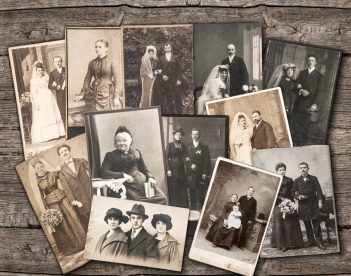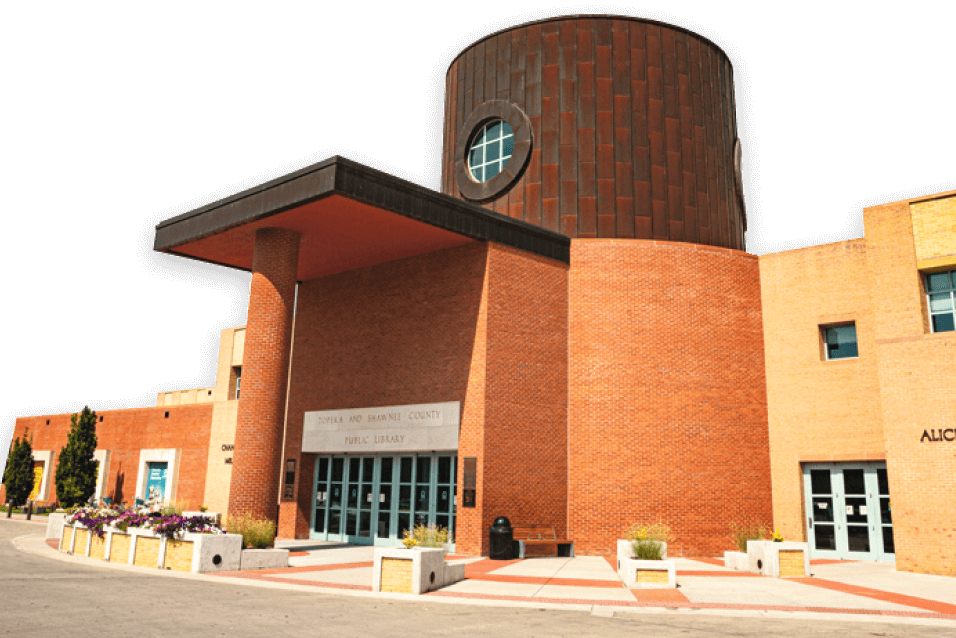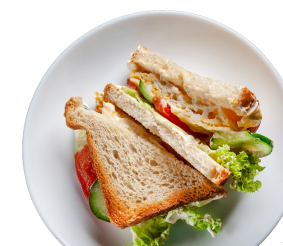Finding Your Identity
One of the most important things people look for is belonging. Who do you belong to? What are the characteristics you share with your family?
Identity can mean different things to different people. Maybe it's your eye color. Maybe it's your temperament, the way you walk or talk, the foods you like or don't like, or even what you're allergic to. Whatever it is, you likely got it from someone somewhere in your family tree.
One of my friends found out she and her children suffered from celiac disease. When her daughter traveled to Scandinavia and got sick, she learned it was very common there. It just so happened that's exactly where her family roots were. She researched her family for years but never knew her family connection to this disease.
Get Started
 Some people wonder where they got their facial features from or maybe don't know what country their family came from to get to America. That's where DNA, family history research and genealogy come in. The study of your family and the history that goes with your life experiences help to shape your identity. It tells you who you are in a broader sense. In a way that helps you find your place in the world. DNA is the scientific proof that you belong to a particular group of people.
Some people wonder where they got their facial features from or maybe don't know what country their family came from to get to America. That's where DNA, family history research and genealogy come in. The study of your family and the history that goes with your life experiences help to shape your identity. It tells you who you are in a broader sense. In a way that helps you find your place in the world. DNA is the scientific proof that you belong to a particular group of people.
Use the Golden Rule of genealogy research to get started. Write down what you know and find out what your immediate family knows about your family. Who are all the people connected to your family and what do they know? The stories you learn are deeply enriched with clues to help you continue the research incrementally backwards one generation at a time. You will then be able to answer the questions that help you to explore your identity!











